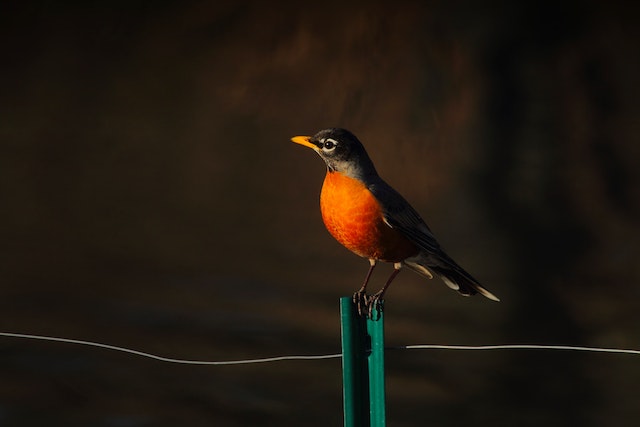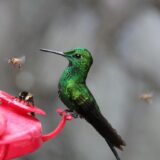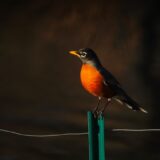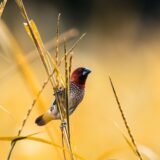Birds are captivating creatures that bring life, color, and melody to our surroundings. Whether you are an avid birdwatcher, a backyard enthusiast, or someone who simply appreciates the beauty of these feathered beings, providing them with the right nourishment is essential. This is where a bird food chart becomes a valuable resource.
A bird food chart serves as a comprehensive guide, outlining the diverse dietary preferences of various bird species. It offers a wealth of information about the types of foods that are suitable for specific birds, helping you create a welcoming environment that attracts and sustains these winged visitors.
The purpose of a bird food chart is to ensure that birds receive a balanced and nutritious diet. By offering them appropriate foods, you not only encourage their presence but also contribute to their overall well-being. Typically, a bird food chart includes an extensive list of bird species, accompanied by the recommended or preferred foods for each. It encompasses a wide range of options such as seeds, grains, fruits, vegetables, and even nectar for hummingbirds. Furthermore, it may provide guidance on feeding methods, suggesting specific types of feeders or platforms that are suitable for different bird species.
Bird food charts can be region-specific, acknowledging the unique dietary habits of birds in different parts of the world. Birds native to specific regions may have evolved to rely on particular food sources available in their natural habitats. Finding a bird food chart is relatively easy. You can explore bird watching books, field guides, or reputable online resources dedicated to birding. Various organizations and conservation groups provide these charts as downloadable or printable references, ensuring easy access for bird enthusiasts everywhere.

What is the purpose of a bird food chart?
The purpose of a bird food chart is to serve as a comprehensive guide for bird enthusiasts, birdwatchers, or bird owners, helping them choose appropriate foods to attract or feed specific bird species. By providing information about the preferred or recommended foods for different bird species, the chart ensures that birds receive a balanced and nutritious diet.
With the help of a bird food chart, individuals can easily identify the bird species they wish to attract or feed. The chart offers specific details about the types of seeds, grains, fruits, vegetables, or nectar that are suitable for each bird species. It may also provide insights into feeding methods, such as platform feeders, tube feeders, or hummingbird feeders.
The information provided in a bird food chart can be region-specific, taking into account the unique dietary habits of birds in different geographical areas. Since birds adapt to the food sources available in their natural habitats, consulting a chart relevant to one’s location increases the likelihood of attracting the bird species that are commonly found in that area.
By following the recommendations in a bird food chart, individuals can create an environment that is appealing and nourishing to birds. Providing the right combination of foods encourages the presence of desired bird species, adding beauty, and vitality to one’s surroundings. Additionally, a well-balanced diet helps promote the overall health and well-being of the birds.
While a bird food chart provides valuable guidance, it is not mandatory to strictly adhere to it. Birds have diverse preferences and may adapt to different food sources. However, using a bird food chart as a reference ensures a well-rounded diet and increases the chances of attracting the desired bird species.
What information does a bird food chart typically include?
A bird food chart typically includes a wealth of information to assist bird enthusiasts in providing the right nourishment for different bird species. It offers a comprehensive list of bird species along with the recommended or preferred foods for each.
The chart provides specific details about the types of seeds, grains, fruits, vegetables, or nectar that are suitable for various bird species. It outlines the dietary preferences and needs of each species, enabling individuals to make informed decisions about the foods they offer.
Additionally, a bird food chart may offer insights into feeding methods. It suggests appropriate feeders or platforms that are suitable for different bird species, ensuring that birds can access their food easily and comfortably.
The information provided in a bird food chart can be region-specific, taking into account the unique dietary habits of birds in different geographical areas. It considers the foods that are available in the natural habitats of specific bird species, enhancing the chances of attracting the birds commonly found in that area.
By consulting a bird food chart, individuals can create an environment that offers a diverse and balanced diet for birds. The chart serves as a valuable reference, helping to ensure that the nutritional needs of the birds are met and increasing the likelihood of attracting the desired species to their surroundings.
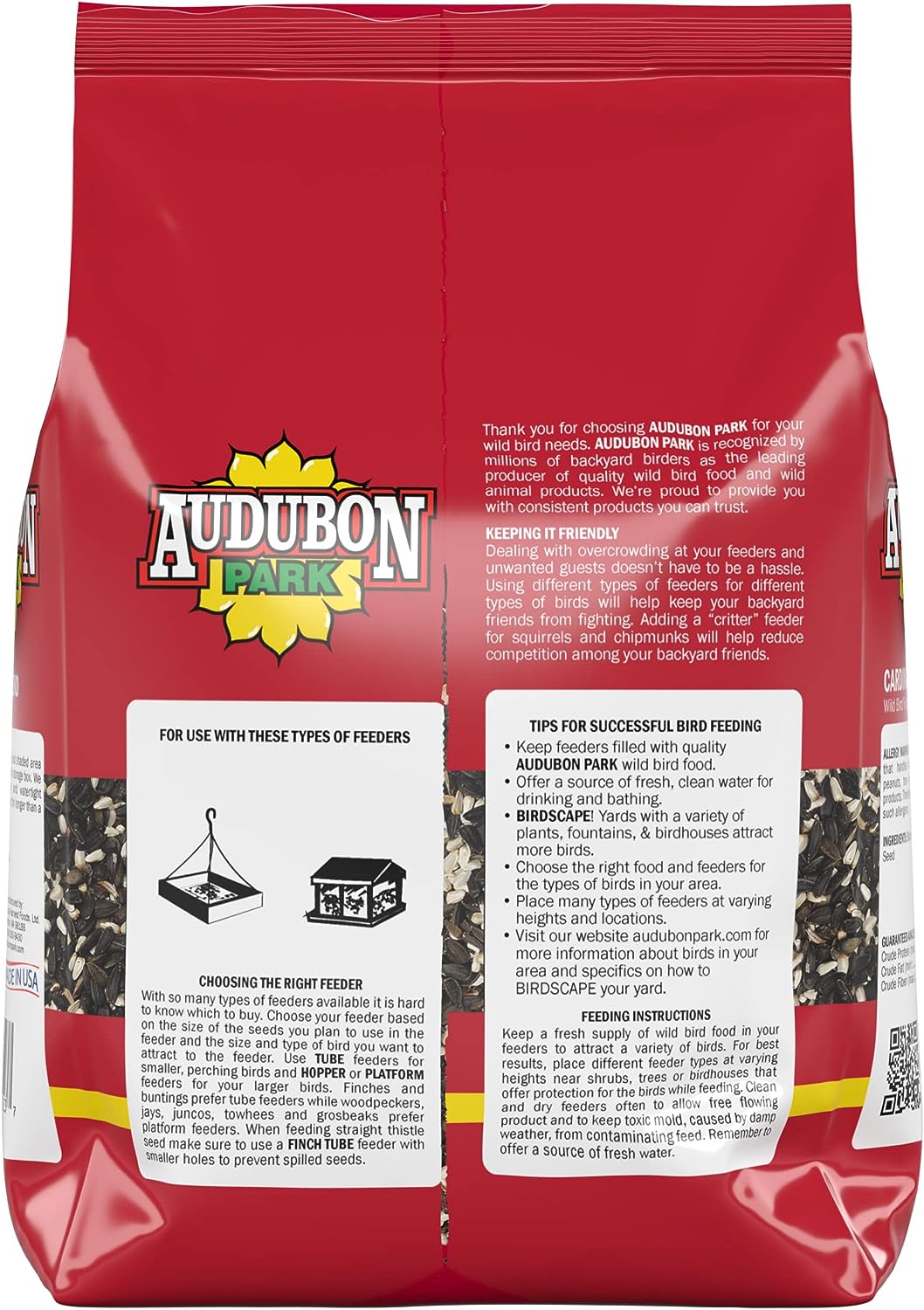

Are bird food charts specific to certain regions or countries?
Bird food charts can vary in specificity, often taking into consideration the regional or country-specific dietary habits of birds. Since different bird species have evolved to rely on particular food sources available in their natural habitats, bird food charts may provide information that is tailored to specific regions or countries.
These region-specific bird food charts recognize the unique preferences and dietary needs of birds in different geographical areas. By considering the local environment and the availability of food sources, these charts offer valuable insights into the types of foods that are suitable for attracting or feeding bird species commonly found in a particular region.
Consulting a bird food chart that aligns with your geographical area can significantly enhance your efforts to attract indigenous bird species. It ensures that the foods offered are relevant and appealing to the birds that inhabit your location, increasing the likelihood of attracting the specific species that you desire.
Therefore, when seeking information about bird foods, it is beneficial to refer to a bird food chart that is specific to your region or country. This will provide you with the most accurate and relevant guidance, enabling you to create an inviting environment that caters to the dietary needs and preferences of the local bird population.
However, it is important to note that some bird species may have broader dietary adaptability and can thrive on a range of food sources. In such cases, while a region-specific bird food chart is helpful, it can still be useful to observe the birds in your area and customize the feeding offerings based on their preferences and behavior.
Can a bird food chart help me attract specific bird species to my backyard?
Absolutely! A bird food chart can be a valuable tool in attracting specific bird species to your backyard. By following the recommendations provided in the chart, you can create an environment that appeals to the dietary preferences and needs of the birds you wish to attract.
A bird food chart typically includes information about the specific foods that are preferred or recommended for different bird species. By offering these recommended foods, you increase the likelihood of attracting the birds that rely on them as a part of their natural diet.
Additionally, a bird food chart may provide insights into feeding methods and the types of feeders that are suitable for different bird species. By selecting the appropriate feeders and placing them strategically in your backyard, you can create inviting feeding stations that cater to the specific needs and feeding behaviors of the birds you want to attract.
Creating a bird-friendly environment goes beyond just providing food. It is also important to consider other factors such as water sources, shelter, and nesting areas. By incorporating these elements into your backyard, you can create a complete and attractive habitat that entices the desired bird species.
While a bird food chart is a useful guide, it is important to be patient and consistent in your efforts. Birds may take some time to discover and become accustomed to the offerings in your backyard. However, by consistently providing the recommended foods and creating an inviting environment, you increase the chances of attracting the specific bird species you desire.
Is it necessary to strictly follow a bird food chart?
While a bird food chart provides valuable guidance, it is not necessary to strictly follow it when feeding birds. Birds, like humans, exhibit individual preferences and may adapt to different food sources. However, using a bird food chart as a reference can ensure a well-rounded diet and increase the chances of attracting desired bird species.
A bird food chart serves as a comprehensive guide, providing information about the preferred or recommended foods for different bird species. It helps bird enthusiasts, birdwatchers, or bird owners make informed choices when selecting foods to attract or feed birds.
While the chart offers valuable insights, it is important to consider that birds have diverse preferences and may adapt to different food sources. Some birds may show preferences for specific foods that may not be mentioned in the chart. Therefore, it is beneficial to observe the birds in your area and make adjustments to the feeding offerings based on their preferences and behaviors.
Flexibility is key when using a bird food chart. It is essential to provide a variety of food options to cater to the diverse dietary needs of different bird species. Experimenting with different types of seeds, grains, fruits, vegetables, or nectar can help attract a wider range of birds to your surroundings.
While using a bird food chart as a reference, it is equally important to ensure the foods offered are of good quality and freshness. Stale or contaminated foods can be harmful to birds. Regularly cleaning feeders and prov

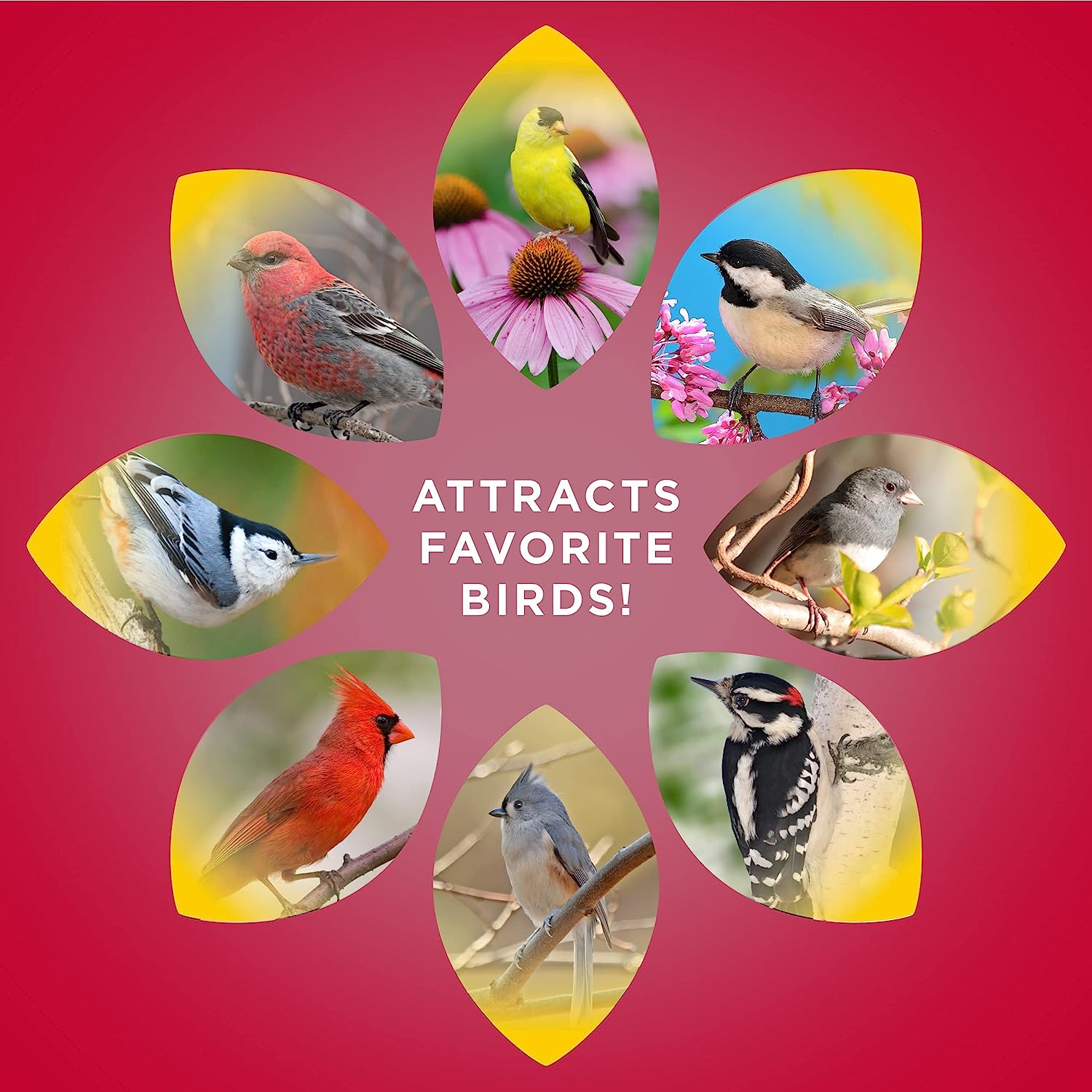
Are there any precautions taken when using a bird food chart?
When using a bird food chart, it is crucial to take precautions to ensure the well-being of the birds and the environment. Firstly, choose appropriate foods based on the recommendations provided in the chart. Make sure the foods you offer are suitable for the bird species in your area. Avoid providing foods that may be harmful to birds, such as those high in salt, sugar, or artificial additives. Additionally, be cautious about offering foods that could attract non-native or invasive species, as this can disrupt the local ecosystem.
Maintaining cleanliness is another important precaution. Clean your bird feeders regularly to prevent the accumulation of mold, bacteria, or other contaminants that can harm birds. It is recommended to clean feeders at least once every two weeks, or more frequently during periods of high bird activity. Use a mixture of mild soap and water, or a dilute bleach solution, to sanitize the feeders thoroughly. Rinse them well and ensure they are completely dry before refilling them with fresh food.
Water sources should also be clean and accessible to birds. Ensure that birdbaths or water containers are regularly cleaned and filled with fresh water. Clean and refill them every few days to prevent the growth of algae or the spread of diseases.
Consider the impact on other wildlife and the environment when using a bird food chart. Avoid providing foods that may attract unwanted pests or predators to your backyard. Additionally, be mindful of the waste generated by bird feeders and dispose of it properly. Spilled or uneaten food can attract rodents or lead to environmental issues if left unchecked.
Lastly, it is important to be mindful of local regulations or guidelines related to bird feeding. Some areas may have restrictions or guidelines in place to protect wildlife or manage feeding practices. Familiarize yourself with any applicable rules and follow them accordingly.
Conclusion
In conclusion, a bird food chart serves as a valuable resource for bird enthusiasts, providing guidance on the appropriate foods to attract or feed specific bird species. While it is not necessary to strictly adhere to a bird food chart, it offers valuable insights into the dietary preferences and needs of birds, helping to create a well-rounded feeding experience. However, it is important to exercise flexibility and observe the birds in your area, making adjustments based on their preferences and behaviors.
Precautions should also be taken when using a bird food chart, such as choosing suitable foods, maintaining cleanliness, considering the impact on the environment, and following any local regulations. By combining the guidance from a bird food chart with careful observation and responsible feeding practices, you can create a welcoming and nourishing environment for the avian visitors in your surroundings.
